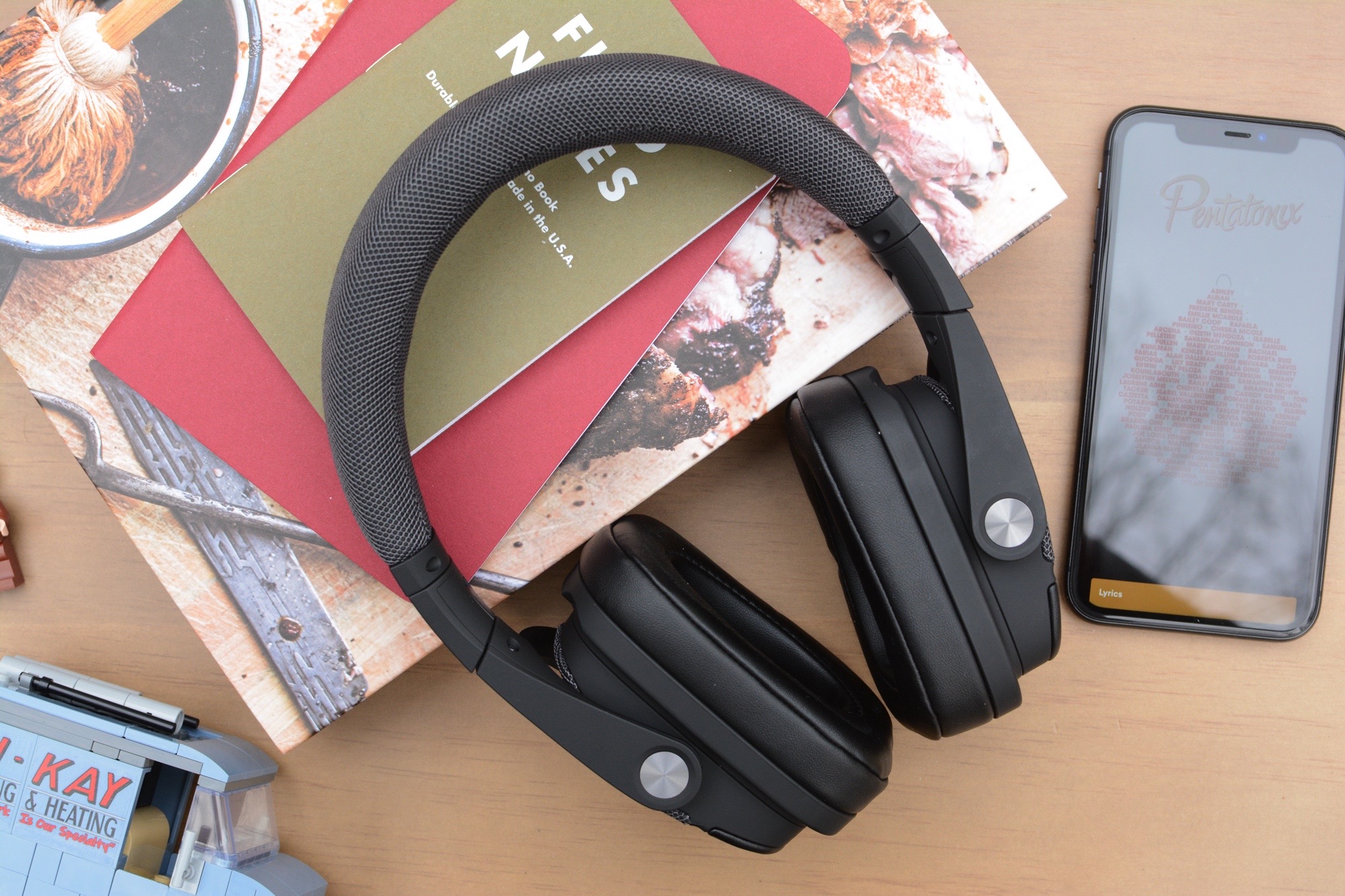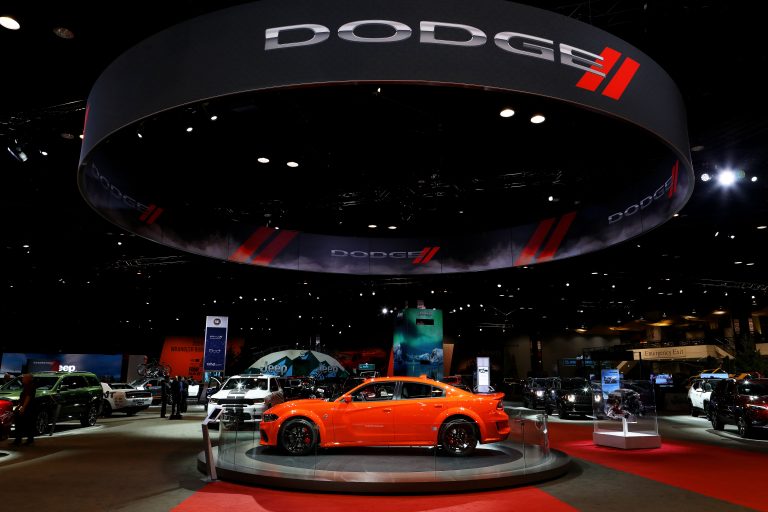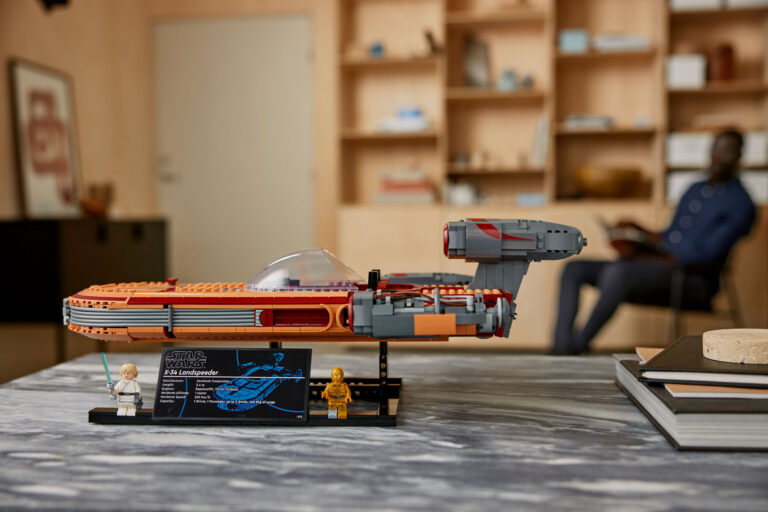ICYMI: We listen to Yamaha’s latest headphones with 3D sound
All products recommended by Engadget are selected by our editorial team, independent of our parent company. Some of our stories include affiliate links. If you buy something through one of these links, we may earn an affiliate commission.
As we get closer and closer to the end of the year, there are still plenty of interesting gadgets, instruments and devices to review. This week, we’ve got a new addition to the Halo series with Halo: Infinite, which Jessica Conditt says fits right in with the rest of the franchise. Terrence O’Brien played the Fender Acoustasonic Player Telecaster and reported that the hybrid instrument produces convincing acoustic sounds that echo the original guitar. James Trew used the Analogue Pocket and says it’s the best handheld retro experience available right now, period. And Billy Steele listened to Yahama’s YH-L700A, which he deemed a bit heavy-handed, albeit excellent for movie watching.

Billy Steele/Engadget
Billy Steele likes the look of the Yamaha YH-L700A headphones: he says the combination of leather, fabric, matte black and silver accents makes for a refined look while the square fold-in ear cups make them easy to travel with. The noteworthy feature on these headphones is the 3D Sound Field feature, which consists of seven presets to enhance music and movies. There’s also a head-tracking feature which makes the sound appear to be coming from a stationary point.
Billy says this last feature added a cinematic element to movie watching, but he didn’t think it translated when listening to music. The seven presets of the 3D Sound Field likewise worked better for movies and television where they created a spacious sound. While testing the filters with music, Billy reports they felt heavy-handed and didn’t work well across genres. He says the active noise cancellation on these cans is sufficient if not impressive, and points out that the marquee features can be toggled on and off within the app. However, he was disappointed with the battery life – during testing, the headphones managed to last just under 11 hours, which is lackluster when most of the competition boasts closer to 30 hours of battery life. And at $500, they have a high price tag to boot.
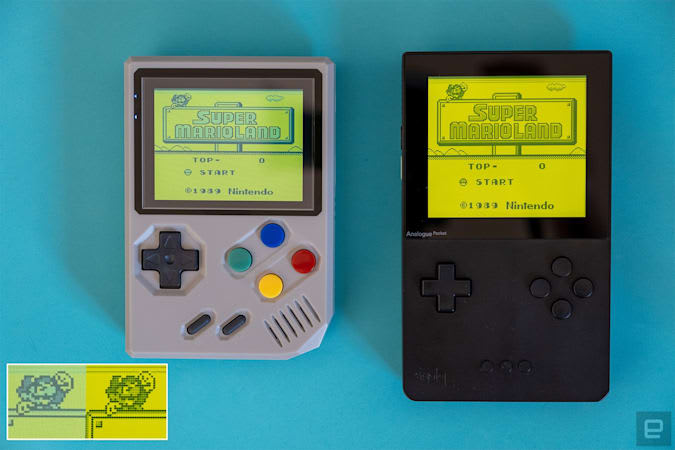
James Trew/Engadget
James Trew is a long-time vintage gaming fan and is quick to point out that while the Analogue Pocket is the best experience available right now, it’s also not for casual users. At $220, it lets you play most vintage portable titles from Game Boy, as well as Game Gear, while adapters for Neo Geo Pocket Color and Atari Lynx are on the way. It also has more modern touches, too, like a backlit display. And in addition to being a quality gaming device, the Analogue Pocket can also hook up to a TV and has built-in music making software.
Because of its FPGA “cores,” the Pocket can mimic vintage consoles at a hardware level – no more emulator quirks to suffer through. It’s also functional with original Game Boy accessories like the Game Boy Camera, printers or rumble packs. And it can connect to an authentic Game Boy for a multiplayer experience. James liked the 3.5-inch screen made with Gorilla Glass as well as the save states, but wished the shoulder buttons were better and said some of the display modes obscure on-screen messaging at times. Overall, the Analogue Pocket offers elevated retro gameplay with enough forthcoming additional features to ensure it will get better over time.

Engadget
Jessica Conditt had high hopes for Halo: Infinite, the first open-world game in the franchise’s history. And she admits that playing the new storyline brought back warm, gleeful feelings and a sense of familiarity. However, she also thinks the game lacks surprise and intrigue – much of the innovation into vertical space has been done by other, more recent games, and the cramped map made for contained and linear gameplay.
That being said, Jessica reports she had a lot of fun playing with the newly available mechanics and tools, in particular the grapple hook. From climbing mountains to scaling buildings, the grapple hook provides new vertical space for players to explore. Jessica says that while she expected a lot more from the pioneer FPS title, she also thinks it’s at its best when it gives users a rich environment full of grappling, shielding and in-air headshots. From the maze-like levels, military stereotypes and sarcastic robots, Infinite plays like a classic Halo game.
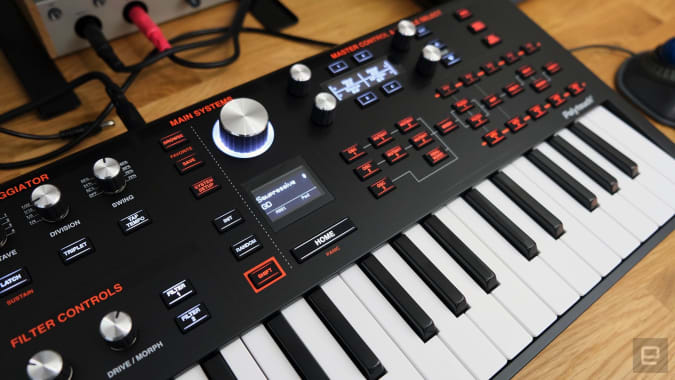
Terrence O’Brien/Engadget
Terrence O’Brien admits up front that the Hydrasynth Explorer offers a remarkable array of features and options in a portable, well-built device. For $600, you get a wavemorphing engine with an eight-note polyphone, three oscillators per voice, a ring modulator, a noise source and over 200 waveforms. There are also two filters which can be in series or parallel to determine how much of each oscillator goes to each filter. He says that the 88-page manual feels like it’s just skimming the surface of what the synth is capable of.
However, you don’t need to master the sound design tools to get started with the instrument – just dig into the 640 presets spread over five banks of 128 patches. During testing, Terrence found the Explorer easy to use thanks to the neatly labeled sections on the front panel. A few things missing on the versatile device are a proper sequencer, full-sized keys, and touch strips instead of pitch and mod wheels. There are also only three filter knobs instead of five. Despite that, Terrence still feels that the Explorer is well worth its price tag given its great sound, solid build and plethora of tools to explore.

Terrence O’Brien/Engadget
Terrence O’Brien also spent some time with the new Fender Acoustasonic Player Telecaster, which slashes $800 off the price of the previous model. For $1,200, you get a mahogany and spruce satin finish with a rosewood fretboard, two pickups and a three-way switch with six sound options. Instead of a rechargeable battery, the Player runs on a standard nine-volt cell. Terrence reports it eats through the batteries surprisingly quickly, but remains convenient.
When it came to how the instrument sounded, Terrence reports that while there are fewer acoustic simulations on this model, the two offerings (Rosewood Dreadnought and Mahogany Small Body) cover a lot of ground. He says that he prefers the electric sounds of the Telecaster to the more expensive Jazzmaster, as it resembles the original guitar more and plays better with pedals. Terrence says the two acoustic simulations offer depth and character, and that overall, the hybrid guitar is a perfect couch instrument.
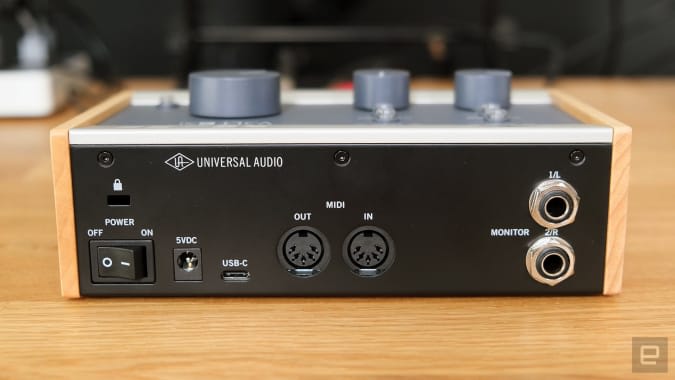
Terrence O’Brien/Engadget
Terrence O’Brien deems Universal Audio’s first foray into the budget space a success. The company’s Volt series, five models that run from $139 to $369, are affordable audio interfaces that share a core 24-bit/192kHz audio converter and a preamp with a “Vintage” mode that aims to recreate that classic tube preamp sounds. Terrence tested the $189 Volt 2 and the $299 Volt 276, which are both two-input interfaces.
The differences between the two models are slight: the Volt 2 is simple and utilitarian, but works well with limited space, while the “76” version has a built-in compressor and will require extra desk space as most of the controls are on the top. Terrence says the compressor makes a big difference as it’s capable of softer edges to tame the harsher frequencies. He also felt the metering LEDs on the 276 were easier to see and the wooden sides were a nice touch. While the base models were excellent interfaces at reasonable prices, Terrence said the 176, 276 and 476 stood out from the pack thanks to their compressors, style and ergonomics.
